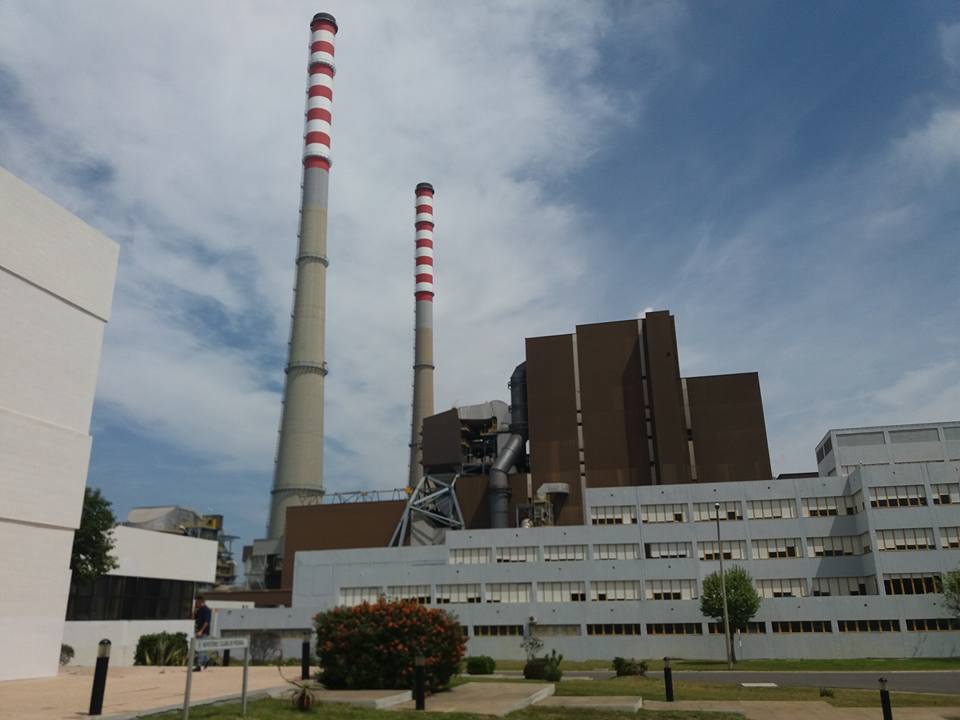The production of the coal-fired power stations of Sines and Pego was nil in April, which happened for the first time since their existence, in 1985, according to REN – Redes Energéticas Nacionais.
"Coal production, which was already very low, was even nil in April, which is happening for the first time since the existence of the current Sines and Pego coal plants (since 1985)", explained the manager of the national electricity grid, at a time when the closure of the two plants is expected.
In October, the Government announced that it was prepared to close the Pego thermoelectric plant at the end of 2021 and stop production at the Sines plant in September 2023.
According to REN, in April, hydrological conditions were favorable, with the hydroelectric producibility index standing at 1,17 (the historical average being equal to 1), while in wind farms the index stood at 0,85 ( historical average equal to 1).
Renewable production supplied 69% of national consumption, non-renewable production 17%, while the remaining 14% was supplied with energy imported from Spain.
In the accumulated result for the first four months of the year, the hydroelectric productivity index stood at 0,96 and wind power production at 0,86.
Between January and April, renewable production supplied 69% of consumption (hydroelectric with 35%, wind with 26%, biomass with 6% and photovoltaic with 2%) and non-renewable production with 28% of consumption, which according to REN it happened practically only with natural gas.
The import balance, in the first four months of 2020, was equivalent to around 2,3% of national consumption.
Electricity consumption dropped 12% in April, according to data from REN, which states that it is necessary to go back to August 2004 to find a monthly consumption as low as last month.
If energy consumption is accounted for correcting the effects of temperature and the number of working days in the month, the fall in April was even greater, 13,8%, compared to the same period of the previous year.
In the natural gas market, in April, national consumption had a 26% drop, with a 13% decrease in the conventional segment (domestic consumption) and a 66% reduction in the electricity production segment, according to the REN.



















Comments